“Dune” Editor Joe Walker on Cutting Denis Villeneuve’s Sweeping Epic
Last week in his adopted hometown of Los Angeles, UK-raised editor Joe Walker had just finished cutting a TV commercial down to thirty seconds when he took a break to discuss Dune (opening Oct. 22), which clocks in at two hours and thirty-five minutes. “But come on,” Walker laughs. “It feels like thirty seconds.” In 1984, David Lynch’s adaptation of Frank Herbert’s 1965 sci-fi novel failed to translate on the big screen—Villeneuve has solved the Dune riddle and delivered something astonishing. This is in no small part thanks to Walker, more Oscar-winning department heads, and an intriguing cast led by Timothée Chalamet, who plays prince Paul Atreides of planet Caladan.
[Mild Spoilers] Opposed by the evil Baron Harkonnen (Stellan Skarsgård) and his minions from rival planet Giedi Prime, Paul explores the desolate Arrakis planet, home to hallucinogenic fuel known as “spice,” freight train-sized sandworms, and the indigenous Fremen. Costarring Oscar Isaacs, Rebecca Ferguson, Javier Bardem, Josh Brolin, and Zendaya, Dune covers a lot of interstellar ground on its way to telling a story rich with prescient ecological themes.
In a video call from his home, two-time Oscar winner Walker (Arrival, 12 Years a Slave) talked about cutting Dune, collaborating with director Villeneuve, and leaving room for small character moments amid all the spectacle.
Denis Villeneuve gives the scenes room to breathe. I imagine by now you’ve grown accustomed to his pacing and sense of rhythm?
It’s our fourth movie back to back, after Sicario, Arrival, and Bladerunner 2049, so I’ve spent a large amount of the last six years with Denis less than five feet away. And when we’re not together, we’re on each other’s minds. Working on the Dune script, Denis said he kept hearing my voice in his head: “You don’t need that. Come into the scene later. Drop this.” He was already tightening the scenes before they got to me. To your point about pace, it’s about trying to keep this balance between the spectacle and the intimate stories. You could cut and curtail material, but I feel you’d be less invested in the characters if you did that. It took us a while to get it right. The pandemic helped, by giving us a bit more time for editing than one might normally have.
You spent about twenty months collaborating with Denis Villeneuve and dozens of other artisans. That sounds intense.
It’s like being in a really well-rehearsed band. Denis and I have worked together so many times, and I’ve worked with the production designer Patrice Vermette, the VFX editor Javier Marcheselli, Mary Lukasiewicz has been my first assistant since Arrival, VFX Paul Lambert from Blade Runner, and composer Hans Zimmer. I first worked with Hans in 1988! The density of the sound he developed for this film is incredible. In Frank Zappa’s touring band, he would stand there like a magician, and with a raised eyebrow or hand signal, the whole band would turn on a sixpence. It was like that on Dune. We were very quick and responsive when it came to changing things.
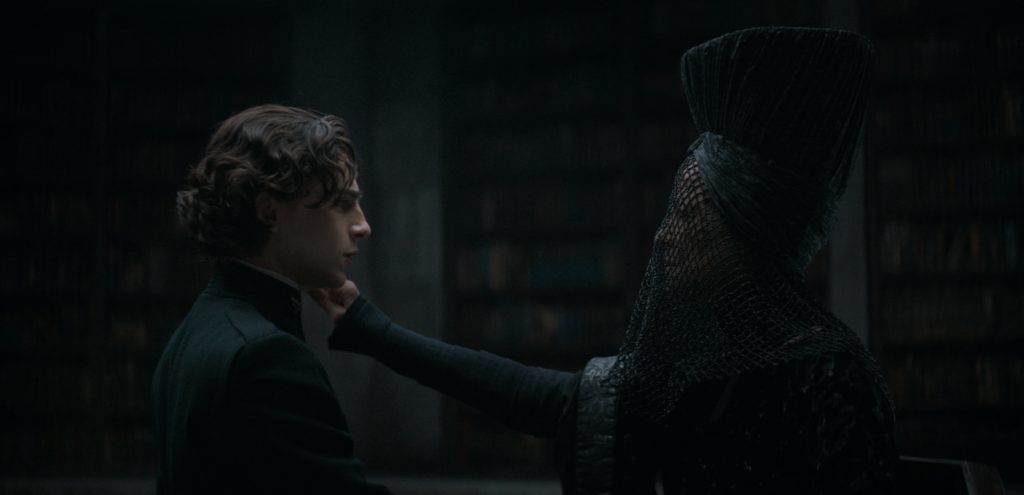
When did you join “the band” for this one?
I came on board a couple of weeks before filming started in Budapest. I’d help advise for second unit things, visual effects, little pickup shots so that they could strike a set knowing that they had everything they needed for the scene. But frankly, I’m a bit phobic about going on set. Rather than walking around the sets, beautiful as they are, I have to see what they’ve shot rather than what I’ve imagined they shot. In a way, the cameraman and I are kind of the first audience. We’re trying to develop a feel for the imaginary audience.
You’re like a second pair of eyes for Denis?
It makes me the scourge of his life really (laughing), that I’m the person who has to come in and say “I know you thought it was great, but…” However, it’s rarely like that because Denis’ extremely well prepared and the craft level is so high in all departments. It’s just that the cut evolves as you go along. It might be something about: “Are we going wide enough? Are we getting in close enough?” But Denis doesn’t need much in the way of guidance.
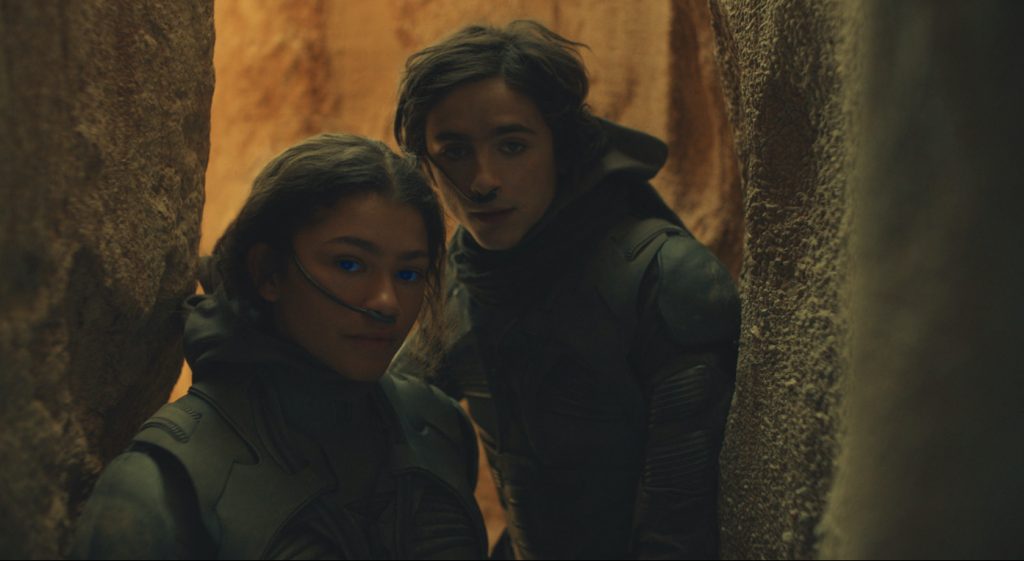
But you help him shape the arc of each scene to fine-tune the characters and their emotions?
Coming from a music background—I trained as a classical composer—one big difference in editing film is that instead of using instrumentalists, you’re manipulating and playing with actors’ performances. At some point, Denis might say, “I wish we could bring the temperature down a little bit, is there anything we can use that’s slightly less edgy?” And I go, “Sure let’s use this take” until you get it pitch-perfect. One example —sorry to change the subject—but one example that you’re living and breathing with the actors is that when I edited Paul’s big knife fight, my arms at the end of that day were super tense. With repeat viewings, you become somehow connected bodily, as if you’re breathing with the actors even though they may not know it.
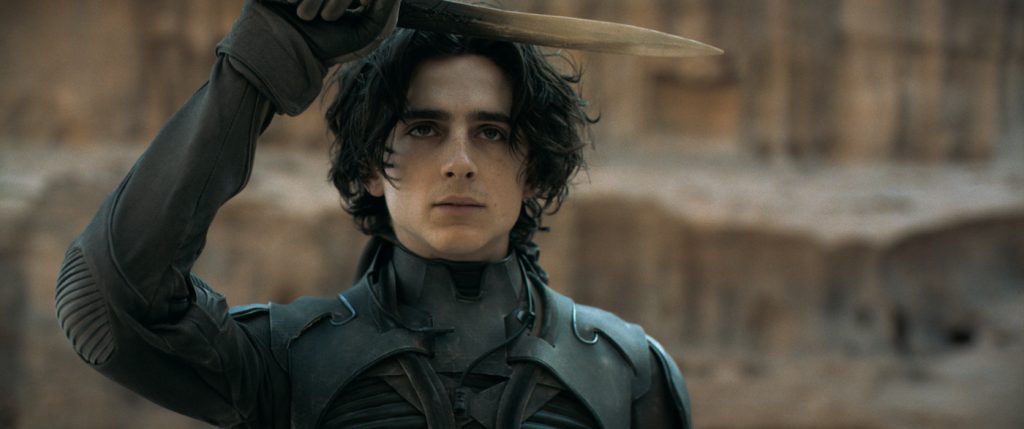
From the comfort of your chair, you’re leaning into the action.
That’s the idea.
How important is sound design in shaping your cuts?
It’s huge. Working with Theo Greene in Budapest we’d start folding sounds into the cut and developing sounds that don’t exist. [Mild spoiler] You can’t get the sound of an ornithopter off the peg. And we experimented with timing. I found a way of putting sound out of sync where you go into a kind of hypnotic realm.
With so many options to pick from in terms of shots, how do you go about shaping a given sequence?
[Mild spoiler] You’d think that the action sequences, like the ornithopter chase or the knife fight, would take a lot of finessing. Maybe it does for sound and effects, but as far as editing those scenes, I don’t think there was a single change [from the original cut]. [mild spoiler] Whereas the scene with Paul and his mother in the tent—we spent months trying to even things out. [Mile spoiler] This take or that take? This shot or that shot? It took forever because showing the interior journey of our main character is so important. Not saying the action sequences aren’t important but they seemed to take care of themselves much more quickly.
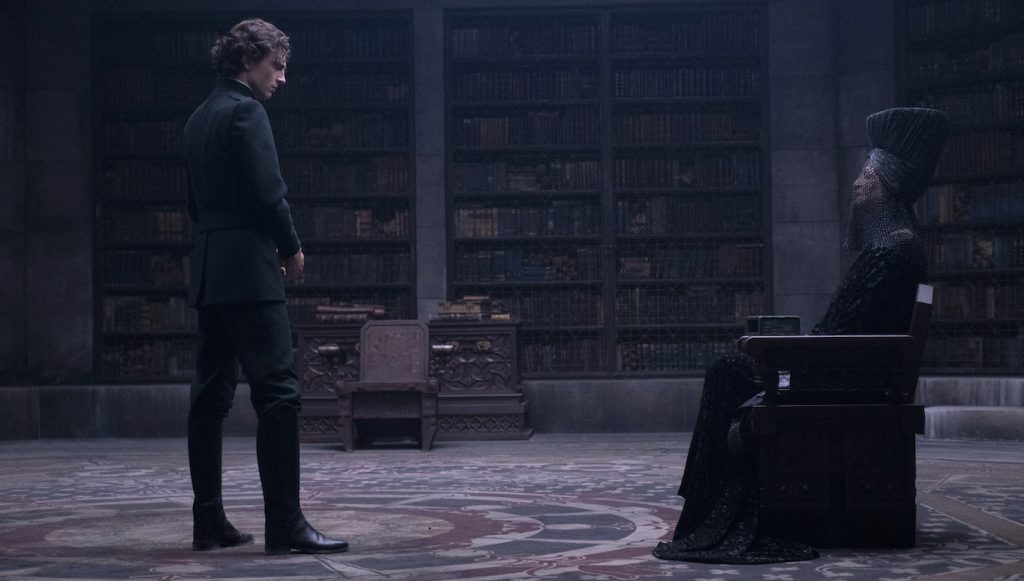
The entire cast is terrific but it’s Timothée Chalamet who carries the movie on his slender shoulders. What’s your take on this 24-year old actor?
Timothy Chalamet is the real deal. [Mild spoiler] I remember getting the dailies for the tent scene where he has a vision of his future but also feels like he’s been turned into a freak, as he puts it. There’s some pretty wild stuff he has to do.
There’s also this element Denis captured where it almost feels like Timothée’s just gone through a growth spurt! He reminds me of my kid a little bit where suddenly his trousers feel too short. He comes across long-limbed and walks in a way that’s very Paul Atreides, which is not the same Timothée we’ve seen in other films. He has great range. Standing aside from the story for a moment, just seeing him in a room with this pantheon of [acting] gods—Oscar Isaacs, Josh Brolin, Javier Bardem—Timothée looks like a pig among the acorns.
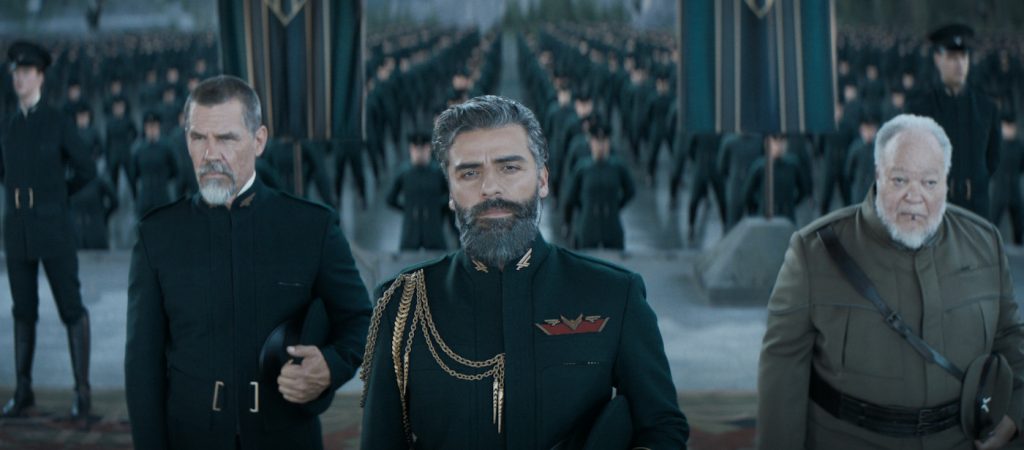
The audience learns a lot about Paul’s interior life through his dreams and visions. How did you separate those bits from the main narrative?
In Dune Denis did a pick-up shot that had a lens flare at the top of an image that comes from a particular camera and its position against the sun. Normally it’s the kind of thing people try to avoid, but Denis asked the VFX team to make a whole day’s worth of [lens flare] patterns that they gave to me. The flares remind me of being a young man in the summer with your eyes half-closed, so all the visions and dreams Paul experiences are modulated with these very rhythmic flares. Those little flutters of the eyelashes, if you like. And to show how ridiculously controlling I am as an editor, I spent days getting sound effects to merge with that lens flare imagery, which was very useful in moving across the story without losing the sense of a dream.
You talked earlier about striking a balance between spectacle and intimate moments. Can you give an example of a quiet interlude?
There’s this shot of Rebecca Ferguson, looking super vulnerable as she flees her home facing tremendous danger. And then Oscar Isaac’s hand enters the frame and touches her neck rather beautifully. It’s very sensory and so evocative of the love they have for each other. Just one shot! Editing is about platforming those shots and giving them the time to co-exist alongside action and dialogue.
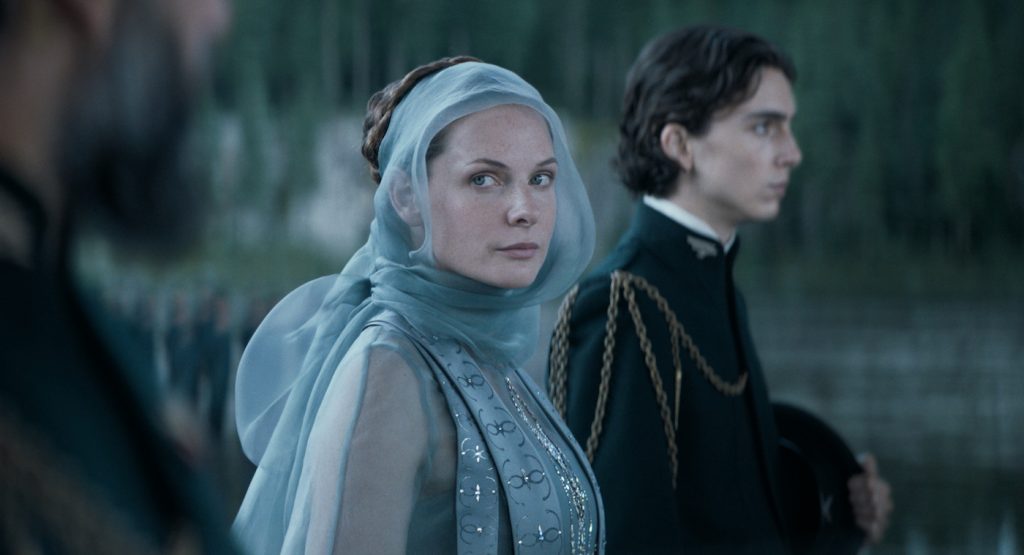
Your edit of Dune helps clarify a complex storyline by letting the audience know in very dramatic terms when we go from one place to the next. Is it important for you to make those transitions pop?
Most of that was actually done for me because the world-building is phenomenal. But yes, there are some sharp cuts. [Mild spoiler] For example, we took our time showing Paul look out to the final sunset on Caladan, and then you crash into blistering sunlight when they step off the transporter onto the desert planet Arraken cowed by the intensity of the heat and the light. That kind of gear-change is enormously important. It’s a musical thing, a sound thing, a pictorial thing, and also thank God, for me, it’s an editing thing.
For more on Dune, check out these stories:
“Dune” Review Roundup: A Majestic, Astonishingly Vivid Epic Made for the Big Screen
New “Dune” Images Reveal One of the Year’s Most Anticipated Films
Denis Villeneuve Writing Script For “Dune 2” & Zendaya Will Star
Chloé Zhao Has Seen “Dune” And Was “Blown Away”
The Official “Dune” Trailer is Here (And It’s Stunning)
Featured image: TIMOTHÉE CHALAMET as Paul Atreides in Warner Bros. Pictures’ and Legendary Pictures’ action adventure “DUNE,” a Warner Bros. Pictures and Legendary release. Photo Credit: Courtesy of Warner Bros. Pictures and Legendary Pictures



